Depreciation can significantly impact your investment when buying a car. Some vehicles hold their value well, while others rapidly lose worth. In this article, we’ll explore the cars with the steepest depreciation rates, helping you avoid costly mistakes and make more informed decisions. For budget-conscious buyers and car enthusiasts alike, knowing which models to avoid can save you a lot of trouble down the road. We cover a range of vehicles, from compact cars to SUVs, known for losing value quickly.
By highlighting these depreciation-prone models, we aim to provide the insights needed to make smarter, more strategic choices. Understanding why certain cars depreciate faster is crucial for anyone looking to get the best value. With this guide, you’ll be better prepared to invest in a car that meets your needs, offers great performance, and retains its value over time.
Hyundai Elantra
The Hyundai Elantra, a compact sedan known for its affordability and reliability, also experiences significant depreciation. Priced at around $20,000 new, the Elantra loses about 45 percent of its value within the first three years. This rapid depreciation is influenced by the high competition in the compact car market.
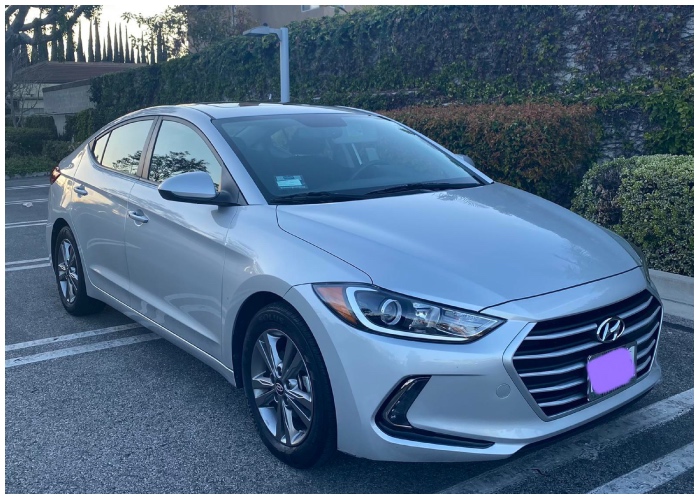
Despite its attractive price point and solid performance, the Elantra struggles to stand out among competitors offering more advanced features and better fuel efficiency. While it remains a good option for budget-conscious buyers, its steep depreciation rate and higher long-term maintenance costs can be a concern for those looking to maximize their investment.
Subaru Impreza
The Subaru Impreza, known for its all-wheel drive and reliability, also faces notable depreciation. With a starting price of around $19,000, the Impreza loses approximately 40 percent of its value within three years. This depreciation is higher than expected for a car known for its durability and performance.
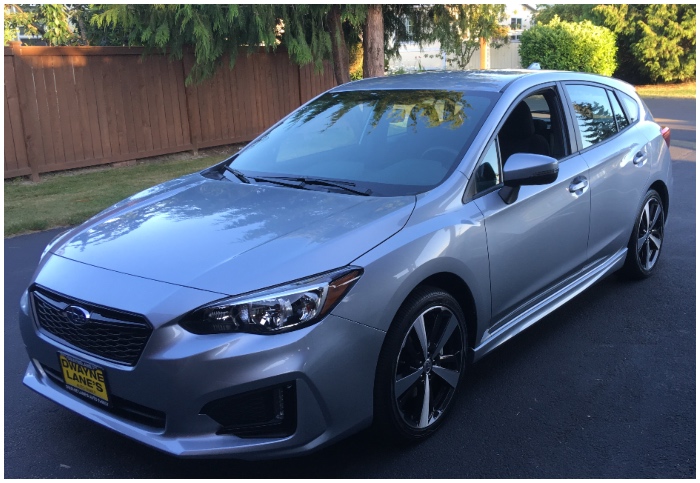
The competitive compact car market and the frequent updates to newer models contribute to the Impreza’s depreciation. Despite its strengths, including a comfortable ride and excellent safety features, the rapid value drop can be a concern for buyers considering a new purchase. Additionally, the higher insurance costs associated with all-wheel drive vehicles add to the overall expense.
Mazda3
The Mazda3, praised for its sporty handling and stylish design, also suffers from significant depreciation. Priced at around $21,000 new, the Mazda3 loses about 44 percent of its value within the first three years. This steep decline is influenced by the competitive compact car segment and the frequent introduction of new models.
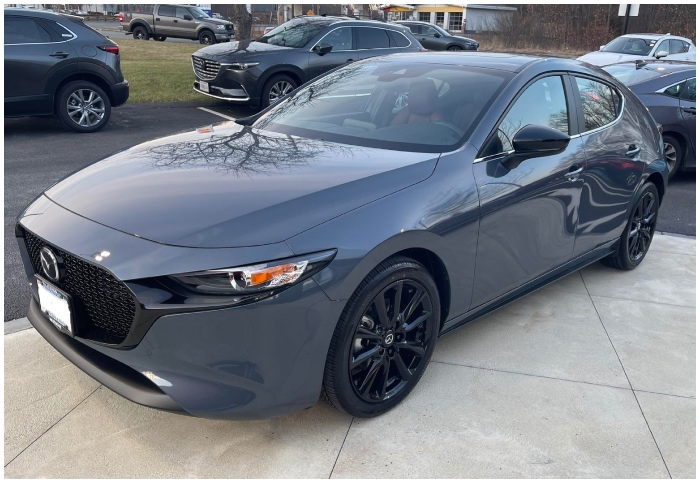
While the Mazda3 offers an engaging driving experience and a premium feel, its rapid depreciation and higher maintenance costs can be a downside for buyers. Despite its appeal, those looking for long-term value might find better options in the used car market.
Volkswagen Jetta
The Volkswagen Jetta, a popular compact sedan, also faces considerable depreciation. Priced at about $22,000 new, the Jetta loses around 46 percent of its value over three years. This rapid decline is due to the intense competition in the compact sedan market and the Jetta’s relatively average performance compared to its rivals.
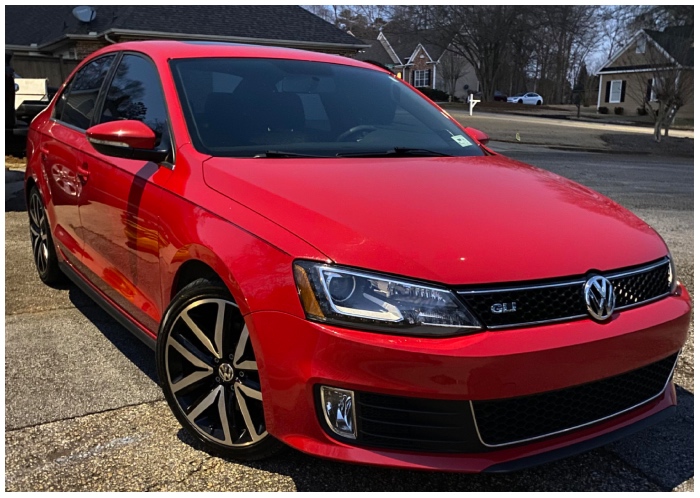
Despite its reputation for a comfortable ride and decent fuel efficiency, the Jetta struggles to maintain its value. For buyers considering a new purchase, steep depreciation and potentially higher maintenance costs can be significant factors. However, the Jetta remains a solid choice for those looking for a reliable and affordable used car.
Chevrolet Cruze
The Chevrolet Cruze, a compact sedan known for its affordability and decent fuel economy, also suffers from significant depreciation. Priced at around $20,000 new, the Cruze loses approximately 50 percent of its value within the first three years. This steep depreciation is influenced by the high competition in the compact car market and the Cruze’s relatively average performance compared to its rivals.
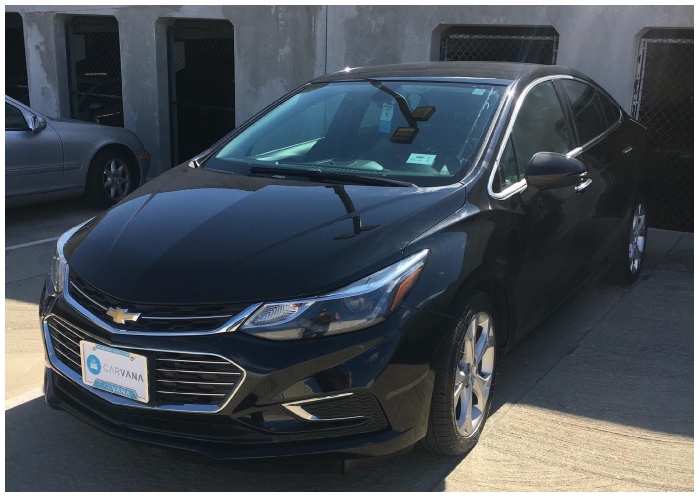
While the Cruze offers a comfortable ride and practical features, its rapid depreciation and higher maintenance costs can be a downside for buyers. Those looking for a budget-friendly used car might find the Cruze a good deal, but its poor resale value is a concern for new car purchasers. Furthermore, the availability of more advanced features in newer models makes older Cruzes less appealing in the long run.
Honda Accord
The Honda Accord, although praised for its reliability and performance, also faces notable depreciation. With a starting price of around $24,000, the Accord loses approximately 40 percent of its value within the first three years. This depreciation rate is higher than expected for a brand known for longevity.
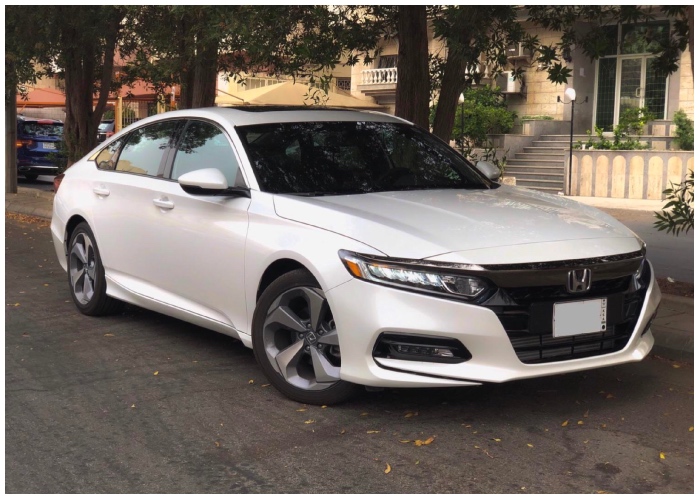
The competitive mid-sized sedan market and frequent updates to newer models contribute to the Accord’s depreciation. While it remains a top choice for many due to its dependability and fuel efficiency, the rapid value drop can be a concern for those considering a new purchase versus a used one. Moreover, the higher initial cost compared to some rivals may deter budget-conscious buyers, despite its long-term benefits.
Toyota Camry
The Toyota Camry, a staple in the mid-sized sedan market, also experiences significant depreciation. Priced at about $25,000 new, it loses around 45 percent of its value over three years. This depreciation is influenced by the abundance of Camrys available and the strong competition from other brands.
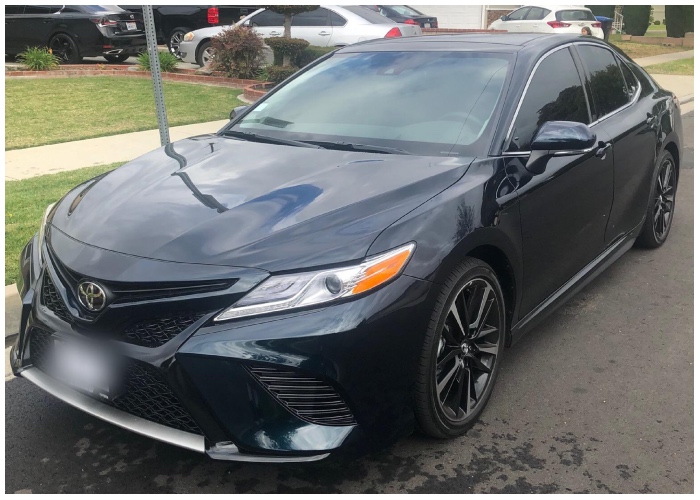
Despite its reputation for reliability and strong resale value in the past, the Camry’s depreciation has increased due to the evolving market and consumer preferences shifting towards SUVs and crossovers. For buyers, the Camry remains a solid choice for a reliable vehicle, but its rapid depreciation is a key consideration. Additionally, the high maintenance and insurance costs associated with this model can further reduce its overall value appeal.
Dodge Charger
The Dodge Charger, a full-sized sedan known for its powerful performance and bold design, also experiences notable depreciation. With a starting price of around $30,000, the Charger loses about 40 percent of its value within the first three years. This significant depreciation is partly due to the competitive market for performance sedans and the frequent introduction of new models with advanced features.
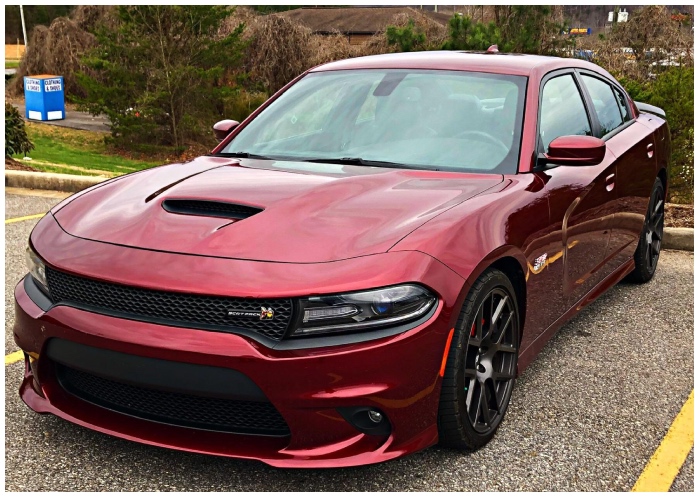
Despite its strong performance, spacious interior, and distinctive style, the Charger’s value drops quickly. For buyers considering a new purchase, the rapid depreciation and potential higher maintenance costs can be a concern. However, the Charger remains a popular choice for those seeking a powerful and stylish used sedan. Additionally, the Charger’s high insurance premiums and fuel costs can add to the overall expense of ownership.
Volkswagen Passat
The Volkswagen Passat, a mid-sized sedan known for its quality and comfortable ride, also suffers from significant depreciation. Initially priced at around $26,000, the Passat loses approximately 47 percent of its value within the first three years. This steep decline is influenced by the high competition in the mid-sized sedan market and the introduction of newer models with improved technology.
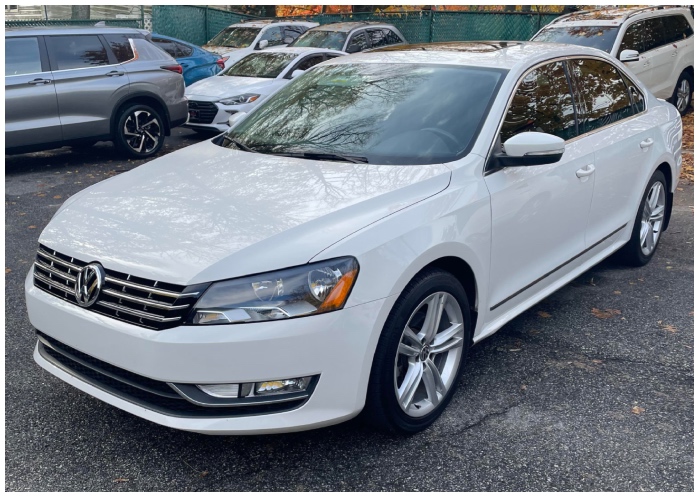
While the Passat offers a smooth driving experience and a range of features, its rapid depreciation can be a downside for buyers. Those looking for a reliable and affordable used sedan might find the Passat a better deal, but its poor resale value is a concern for new car purchasers. Additionally, the Passat’s higher maintenance and repair costs can further reduce its overall value, making it less attractive compared to rivals.
Nissan Sentra
The Nissan Sentra, a compact sedan known for its affordability and practicality, also faces significant depreciation. Priced at around $19,000 new, the Sentra loses approximately 48 percent of its value within the first three years. This rapid decline is due to the highly competitive compact car market and the Sentra’s modest features compared to its rivals.
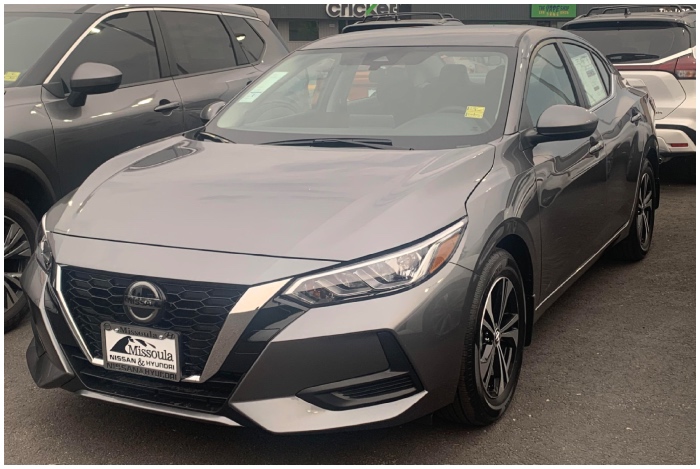
While the Sentra provides a comfortable ride and decent fuel economy, its lack of standout features and advanced technology leads to rapid depreciation. For those considering a new Sentra, the steep depreciation and potential higher long-term costs can be a concern. However, for buyers looking for a budget-friendly used car, the Sentra offers a practical choice, though its resale value remains a drawback.
Hyundai Tucson
The Hyundai Tucson, a compact SUV known for its stylish design and practicality, faces significant depreciation. Priced at around $25,000 new, the Tucson loses about 45 percent of its value within the first three years. This depreciation can be attributed to the competitive SUV market and frequent updates to newer models with advanced features.
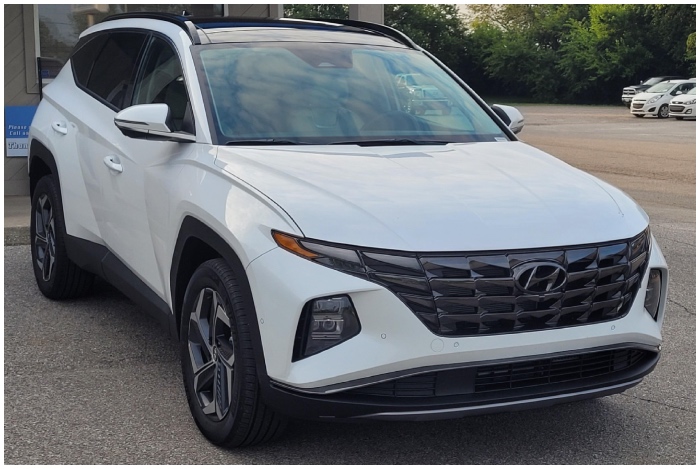
Despite its attractive price point, comfortable ride, and strong warranty, the Tucson’s value drops quickly. For buyers considering a new purchase, the steep depreciation and potential higher maintenance costs can be a concern. However, the Tucson remains a good option for those seeking a reliable and affordable used SUV with decent features and performance.
Mazda CX-5
The Mazda CX-5, a compact SUV praised for its sporty handling and stylish design, also suffers from significant depreciation. Priced at around $27,000 new, the CX-5 loses approximately 44 percent of its value within the first three years. This steep decline is influenced by the competitive SUV market and the frequent introduction of newer models with improved technology.
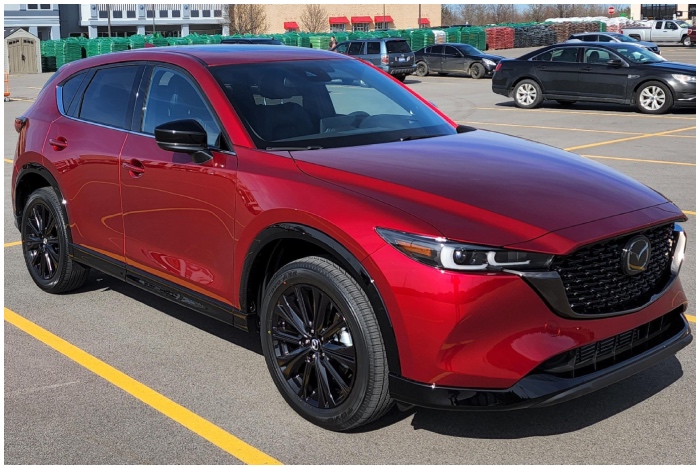
While the CX-5 offers an engaging driving experience and a premium feel, its rapid depreciation and higher maintenance costs can be a downside for buyers. Those looking for a well-rounded used SUV might find the CX-5 appealing, but its poor resale value is a concern for new car purchasers. Additionally, the CX-5’s higher insurance premiums and potential repair costs further impact its overall value.
Honda Fit
The Honda Fit, a subcompact car known for its versatility and fuel efficiency, also faces significant depreciation. Priced at around $17,000 new, the Fit loses approximately 42 percent of its value within the first three years. This depreciation is influenced by the competitive subcompact car market and the introduction of newer models with more advanced features.
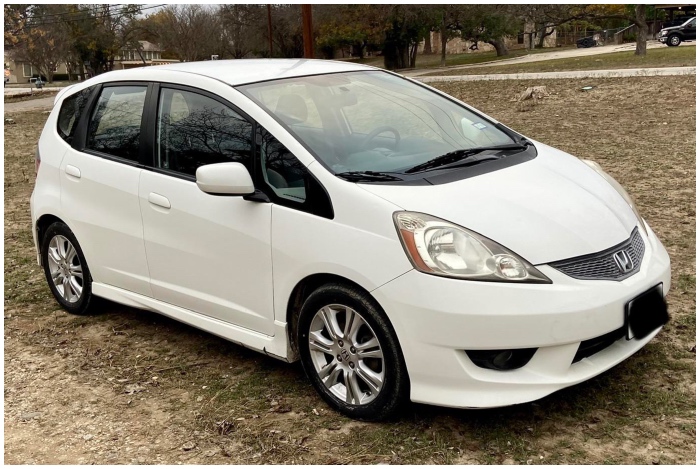
While the Fit offers excellent cargo space and a reputation for reliability, its rapid depreciation can be a downside for buyers. Those looking for a budget-friendly used car might find the Fit appealing, but its poor resale value is a concern for new car purchasers. Additionally, the Fit’s higher insurance premiums and maintenance costs can further impact its overall value.
Toyota Corolla
The Toyota Corolla, a compact sedan known for its reliability and fuel efficiency, also experiences notable depreciation. Priced at around $20,000 new, the Corolla loses about 40 percent of its value within the first three years. This depreciation is due to the highly competitive compact car market and the frequent updates to newer models with advanced features.
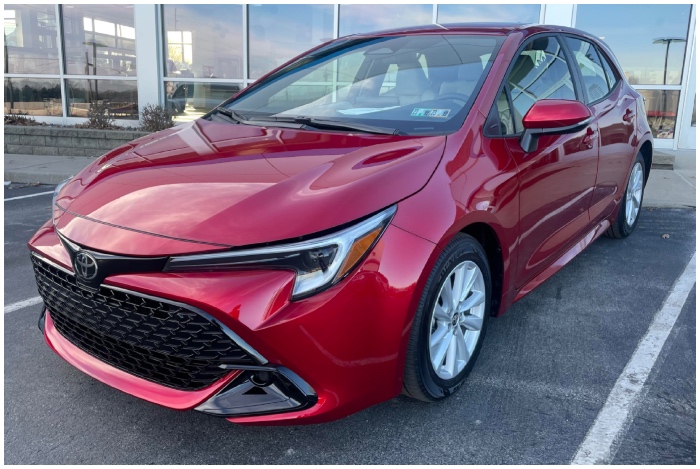
Despite its reputation for longevity and low maintenance costs, the Corolla’s value drops significantly. For buyers considering a new purchase, the steep depreciation can be a concern. However, the Corolla remains a popular choice for those seeking a dependable and affordable used car, though its depreciation rate should be considered.
Kia Optima
Buying a brand-new Kia Optima won’t break the bank, with the popular car starting at $22,000. It’s spacious and simplistically stylish, meeting many prospective car owners’ needs. However, it falls short in two critical areas: fuel efficiency and depreciation.
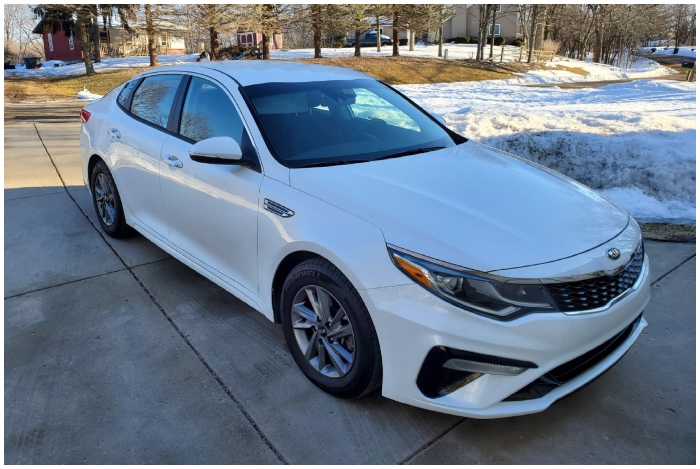
In the first year, the Optima depreciates by about 35 percent, a significant drop in value. While driving around the city, you’ll get about 27 miles per gallon, which is on the lower end for similar cars. To improve resale value and fuel efficiency, you might consider the hybrid version, which offers better MPG. Despite its appealing features, the rapid depreciation makes the Optima a less attractive investment for those looking for long-term value retention. Additionally, the market is saturated with similar sedans offering better overall value and performance.
Toyota Tacoma
The Toyota Tacoma, a popular midsize pickup truck, surprisingly faces significant depreciation despite its reputation for durability and off-road capability. Starting at around $26,000, the Tacoma loses approximately 37 percent of its value within the first three years. This depreciation rate is higher than what many would expect for a vehicle celebrated for its ruggedness and reliability.
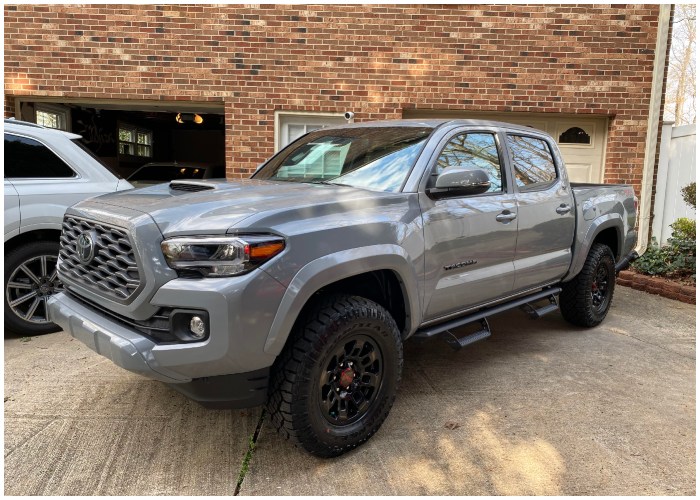
One contributing factor is the highly competitive truck market, where numerous alternatives offer similar features and capabilities. Additionally, the introduction of newer models with advanced technology and improved fuel efficiency can make older models less desirable. While the Tacoma boasts strong resale value compared to some other vehicles, the rapid initial depreciation can still be a concern for potential buyers. Moreover, the cost of maintaining and insuring a midsize truck can add to the overall ownership expenses.
Toyota RAV4
The Toyota RAV4, a compact SUV known for its versatility and reliability, also experiences notable depreciation. With a starting price of around $27,000, the RAV4 loses approximately 35 percent of its value within the first three years. This depreciation is higher than what might be expected for a vehicle with a strong reputation for dependability and resale value.
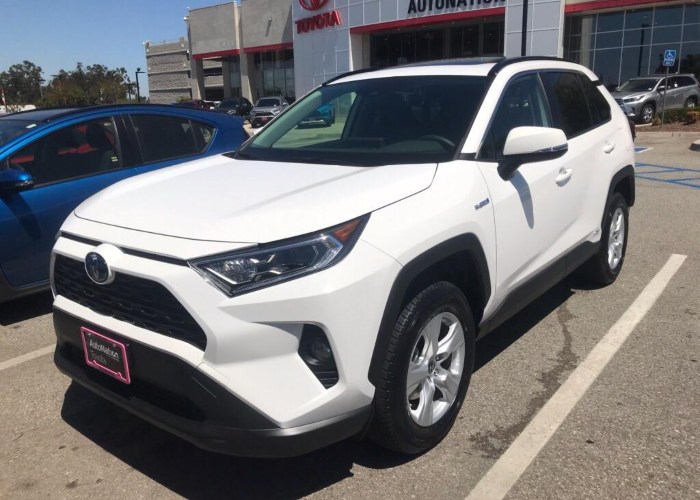
Several factors contribute to this depreciation. The highly competitive compact SUV market, with frequent releases of new models boasting the latest features and technology, can make older models seem less appealing. Despite the RAV4’s excellent safety ratings, fuel efficiency, and comfortable ride, the rapid depreciation can be a deterrent for buyers looking to make a long-term investment. Additionally, the costs associated with maintaining and insuring an SUV can further impact its overall value.
Chevrolet Camaro
The Chevrolet Camaro, a classic American muscle car, faces significant depreciation despite its iconic status and performance capabilities. Starting at around $25,000, the Camaro loses approximately 39 percent of its value within the first three years. This depreciation rate is steep for a vehicle renowned for its power and style.
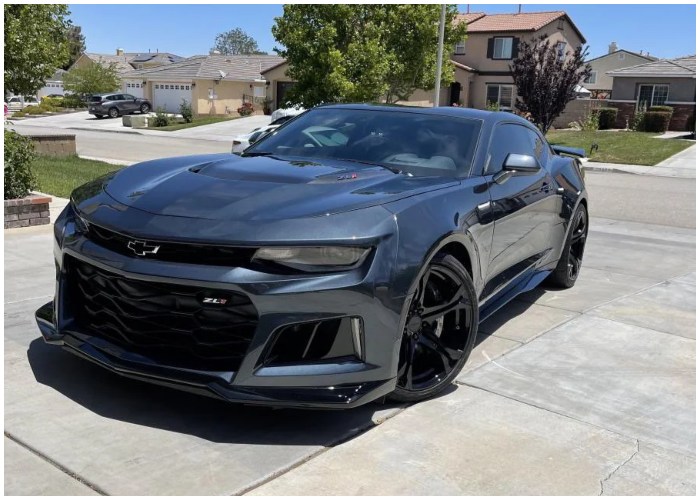
Several factors contribute to the Camaro’s depreciation. The muscle car market is highly niche, with fluctuating demand and competition from other sports cars. Additionally, frequent updates and redesigns can make older models appear outdated quickly. While the Camaro offers thrilling performance and a distinctive design, the rapid value drop can be a concern for potential buyers. Furthermore, the higher costs of insurance and maintenance for a sports car can add to the overall expense, making the Camaro a less financially appealing choice in the long run.
Hyundai Genesis
The Genesis is Hyundai’s entry into the luxury car market. On the surface, it’s a slick and exciting vehicle, capable of competing with the likes of Mercedes Benz and BMW in terms of performance. However, it doesn’t carry the same brand prestige, which impacts its long-term value.
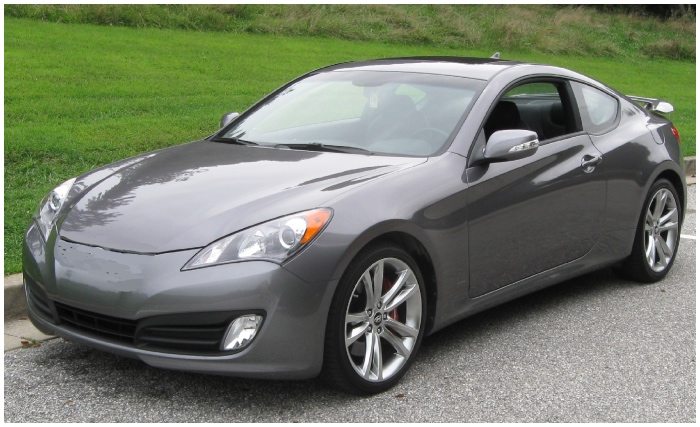
Unfortunately, Genesis owners usually see a depreciation of 38 percent after one year. With a price tag of $52,000, that translates to a $16,000 loss on investment. This steep decline in value suggests that buyers might be better off purchasing a second-hand Genesis to get the most value for their money. Despite its luxurious features and impressive performance, the rapid depreciation is a major drawback for potential buyers. The limited brand recognition in the luxury segment further exacerbates its declining value.
Nissan Rogue
The Nissan Rogue, starting at $26,000, was expected to be a revolutionary model. It includes features like remote engine start, automatic temperature control, and a motion-activated liftgate. Despite these perks, its resale value is less impressive compared to its competitors.
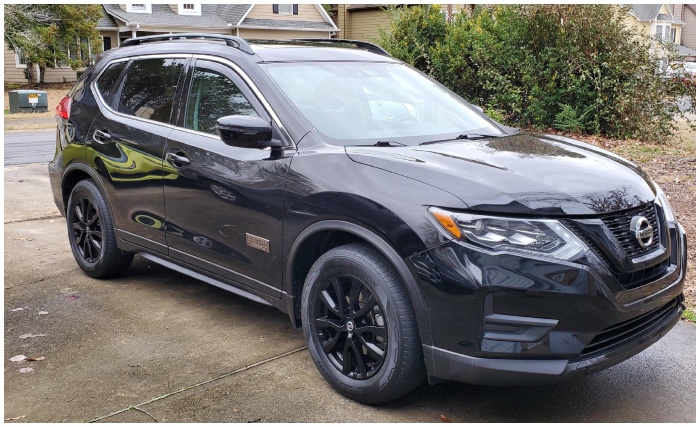
In its first year, the Rogue depreciates significantly. For an additional $1,000, upgrading to the hybrid model offers benefits like increased underfloor cargo space and 60/40 second-row split seating. However, these features don’t prevent the rapid depreciation that occurs once you drive the Rogue off the lot. The lack of strong resale value makes it a less appealing option for those concerned with long-term investment. Many buyers find better value in competing models that offer more reliability and slower depreciation rates.
Mini Cooper
If you bought a 2015 Mini Cooper, be prepared for some depreciation shock. In just a few short years, it has already depreciated by 29 percent. Despite its sleek and stylish appearance, potential buyers find this significant loss in value hard to overlook.
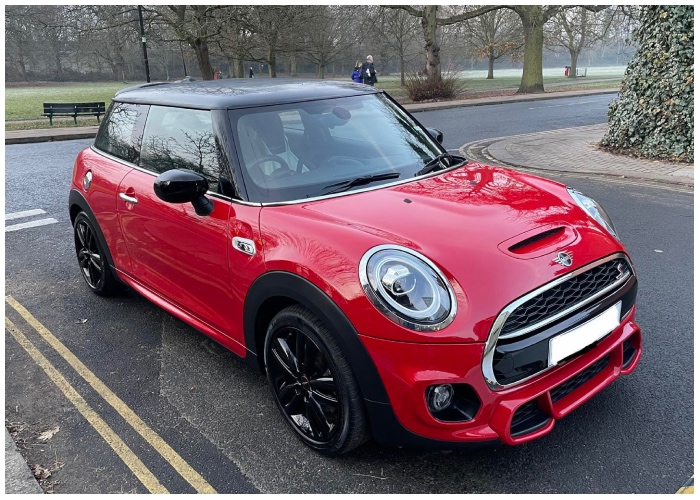
The good news is that the 2015 Mini Cooper started at $20,000 brand new. So, even though it has lost nearly a third of its value, it was a relatively affordable deal to begin with. Finding one on the secondary market could be a smart move for budget-conscious buyers, but the rapid depreciation remains a concern for those looking to maintain long-term value. Additionally, the Mini Cooper’s niche market appeal limits its broader resale potential, making it a less favorable investment over time.
Kia Cadenza
The Kia Cadenza faces a significant drop in value during its first year. This $33,000 car depreciates by 38 percent within 12 months, making it a smart buy if you’re looking at used options. While it offers luxurious features and a comfortable ride, new buyers should be cautious.
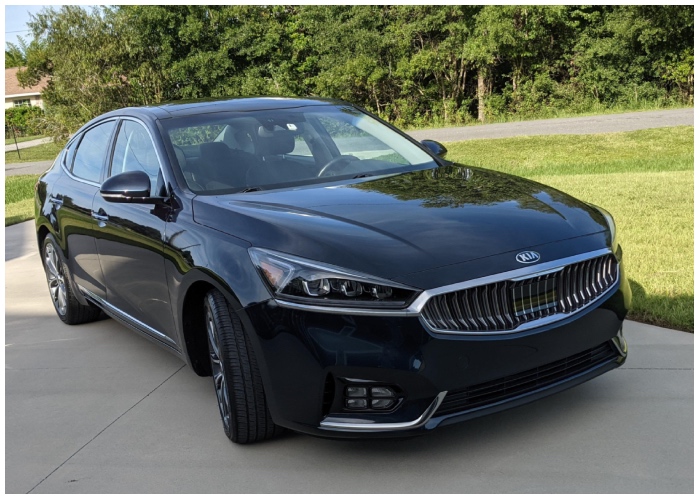
Purchasing a new Cadenza means accepting this steep depreciation. Interestingly, this isn’t the only Kia with such issues. While the Cadenza provides a premium experience, its rapid loss in value makes it less attractive for those planning to sell it in a few years. Buyers might find better long-term value with competitors that hold their value better. Additionally, the high initial depreciation might lead to higher insurance premiums, further impacting the overall cost of ownership.
Hyundai Sonata
The Hyundai Sonata is a reliable and popular family car, priced between $20,000 and $30,000. Despite its excellent performance and dependability, older models like the 2011 Sonata are losing value quickly due to the popularity of newer versions.

The 2011 Sonata, however, remains a solid choice. It offers similar reliability and features as the latest models but at a fraction of the price. You can find a 2011 Sonata for around $8,000, a substantial saving compared to a new one at $30,000. This makes older Sonatas a great option for budget-conscious buyers looking for dependable transportation. Furthermore, the lower purchase price can result in cheaper insurance rates and maintenance costs, enhancing its appeal for cost-conscious drivers.
Nissan Leaf
The Nissan Leaf is well-known as a leading electric vehicle in the U.S., boasting a 150-mile range. Initially priced at $29,000, federal tax credits reduce its cost to $21,500. However, this initial saving is offset by the car’s rapid depreciation.
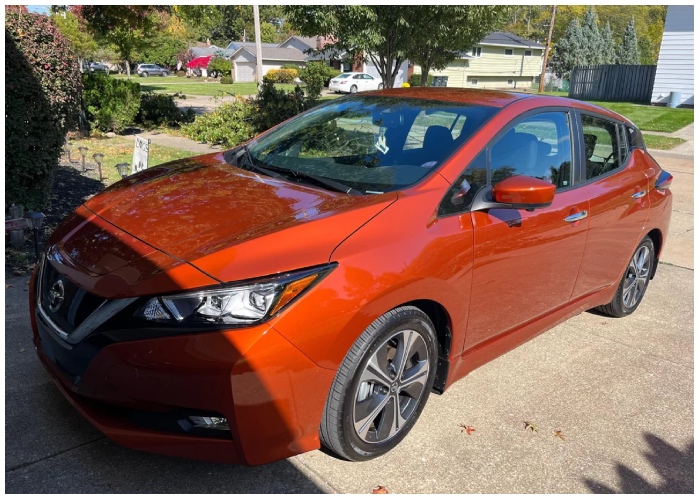
The Leaf’s value drops significantly each year, making it one of the less desirable cars in the used market. While it’s an affordable entry into electric vehicles, potential buyers should be aware of its poor resale value. Despite its eco-friendly appeal and federal incentives, the Leaf’s steep depreciation is a critical factor to consider. Additionally, the limited range compared to newer electric models and the battery replacement cost can further impact its long-term value.
Ford Explorer
The Ford Explorer, a mid-sized SUV known for its versatility and family-friendly features, also experiences notable depreciation. With a starting price of around $33,000, the Explorer loses about 40 percent of its value within the first three years. This significant depreciation is influenced by the high competition in the SUV market and the frequent introduction of new models with advanced features.
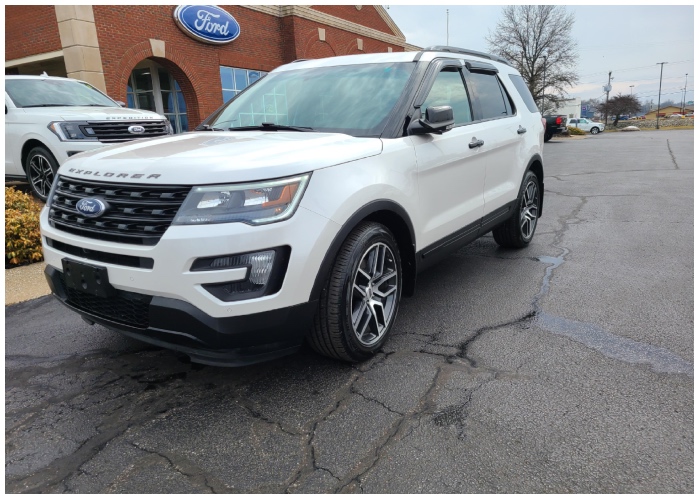
Despite its spacious interior and powerful engine options, the Explorer’s value drops quickly. The rapid depreciation and higher maintenance costs can be a concern for buyers looking at new models. However, the Explorer remains a popular choice for those seeking a reliable and capable SUV on the used market. Additionally, the Explorer’s strong safety ratings and off-road capabilities make it a practical choice for families and adventurers alike, despite the depreciation.
Honda Civic
The Honda Civic, renowned for its reliability and fuel efficiency, faces considerable depreciation despite its strong reputation. Priced at around $21,000 new, the Civic loses approximately 39 percent of its value within the first three years. This depreciation rate, while lower than some competitors, still impacts its overall value.
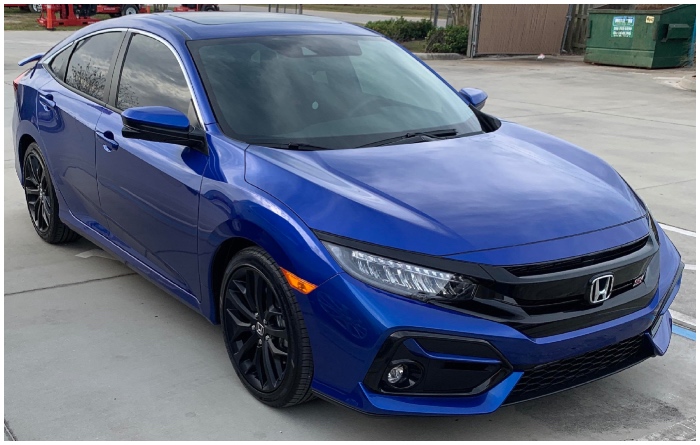
The Civic’s enduring popularity and frequent updates contribute to its depreciation. While it remains a top choice for many due to its dependability and excellent fuel economy, the rapid value drop can be a concern for new car buyers. For those seeking a long-term investment, the Civic’s depreciation should be taken into account. Furthermore, the Civic’s high resale value and strong demand in the used car market can somewhat mitigate the impact of its initial depreciation.
Nissan Altima
The Nissan Altima, a mid-sized sedan known for its comfortable ride and advanced safety features, also suffers from significant depreciation. Priced at around $24,000 new, the Altima loses about 42 percent of its value within the first three years. This steep decline is influenced by the competitive mid-sized sedan market and the introduction of newer models with improved technology.
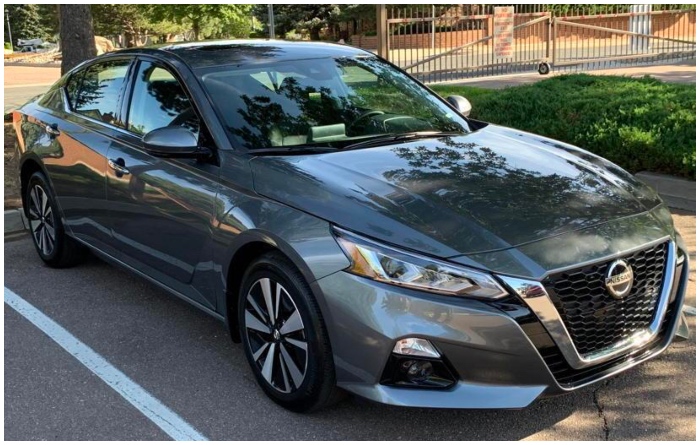
While the Altima offers a smooth driving experience and a range of features, its rapid depreciation can be a downside for buyers. Those looking for a reliable and affordable used sedan might find the Altima a better deal, but its poor resale value is a concern for new car purchasers. Additionally, the higher insurance premiums and maintenance costs associated with the Altima can further reduce its overall value, making it less appealing for budget-conscious buyers.
Kia Sorento
The Kia Sorento, a popular mid-sized SUV, faces notable depreciation despite its attractive features and affordability. With a starting price of around $30,000, the Sorento loses approximately 41 percent of its value within the first three years. This significant depreciation is partly due to the competitive SUV market and the frequent updates to newer models.

Despite its spacious interior, advanced safety features, and strong warranty, the Sorento’s rapid value drop can be a concern for buyers. For those looking for a reliable family SUV, the Sorento remains a good option, but its depreciation and potential higher maintenance costs should be considered. Additionally, the Sorento’s lower fuel efficiency compared to rivals and the availability of more advanced features in newer models can impact its long-term appeal.
Chevy Impala
Despite its robust 305 horsepower engine, the Chevrolet Impala struggles with fuel efficiency, offering only 18 miles per gallon in the city. Choosing the standard 2.5L engine improves the mileage slightly to 22 MPG but does not prevent its significant depreciation. In the first year, the Impala’s value drops by 33.5 percent. This sharp decline is primarily due to its frequent use as a fleet vehicle, often seen in rental and corporate fleets.
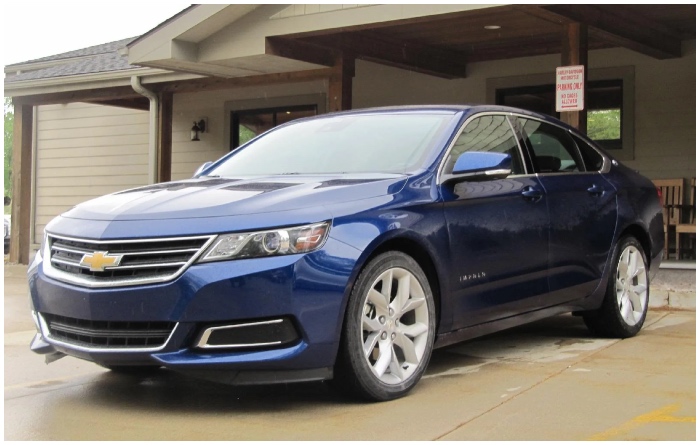
Consequently, its resale value suffers, making it less appealing to individual buyers looking for a reliable commuter car. Additionally, the Impala’s design and features may not stand out in a competitive market, further contributing to its rapid depreciation. For those seeking a reliable and stylish sedan, exploring other models with better value retention might be a wiser choice.
Fiat 500L
The Fiat 500L promised to capture a share of the family van market but fell short. Designed as a compact family car, it struggled with performance and appeal. Despite a base price of $20,000, depreciation hit the 500L hard, making it less attractive to buyers.
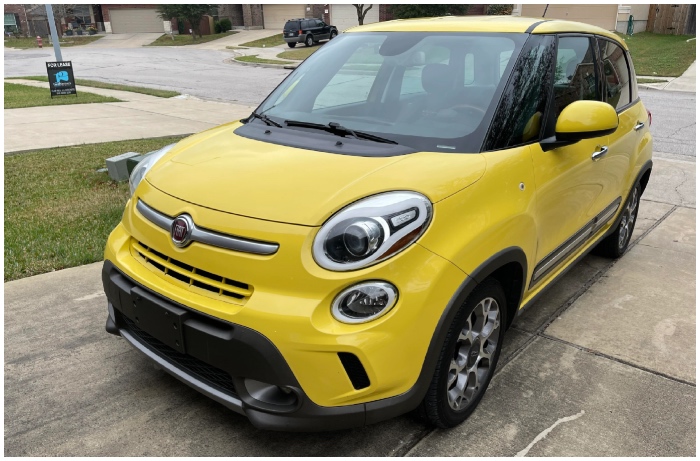
After three years, the 500L is worth around $13,000, a significant drop from its original price. Fiat is now targeting the 2019 model at young people looking for new adventures, hoping to revitalize interest in this underperforming car. However, the steep depreciation remains a concern for potential buyers considering this model for its affordability and compact design. Additionally, the limited cargo space and underpowered engine further detract from its appeal in a competitive market.
Kia K900
In 2015, Kia made a bold move into the luxury car market with the K900. Priced at $60,000, this sedan comes with features to compete with luxury brands like Mercedes Benz and BMW. However, the venture into luxury has been costly for Kia.
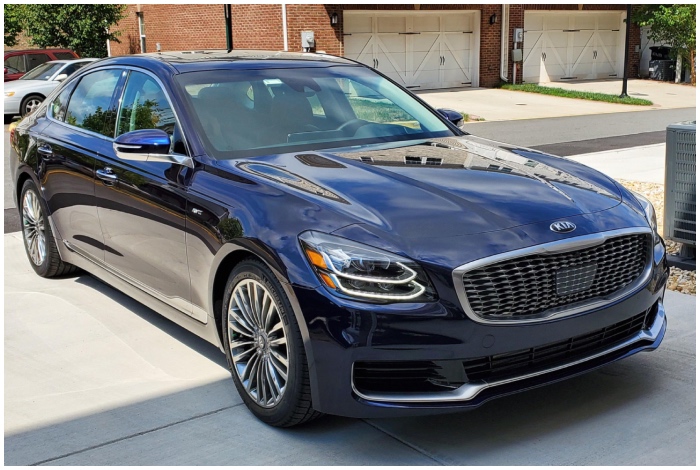
The K900 loses half its value in just two years. A 2015 model bought new for $60,000 would only be worth $30,000 by 2017. This steep depreciation makes the K900 a less attractive option for those looking for long-term value retention, despite its high-end features and initial allure. Furthermore, the lack of brand recognition in the luxury segment has hindered its market performance, making it a risky investment for potential buyers.
Volkswagen Passat
The Volkswagen Passat, known for its quality and style, is one of the most reliable mid-sized family sedans on the market. However, its value plummeted after Volkswagen’s emissions cheating scandal, making it one of the cheapest options on the secondary market.
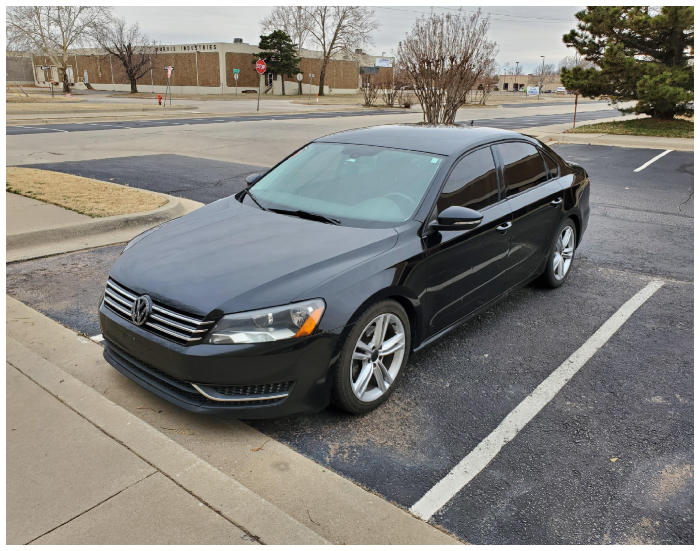
Due to the scandal, you can find a 2014 Passat in great condition for around $12,000, down from its original price of $25,000. A brand new Passat still costs around $25,000, but the damaged reputation and significant depreciation have made older models a bargain for budget-conscious buyers. Despite its tarnished image, the Passat remains a solid choice for those seeking reliability and affordability in a used car.
Audi A8
A brand new Audi A8 comes with a hefty price tag of $83,000. This high-end luxury car boasts impressive specs that justify the cost for those who can afford it. Older models have depreciated significantly for those who can’t, making them more accessible.
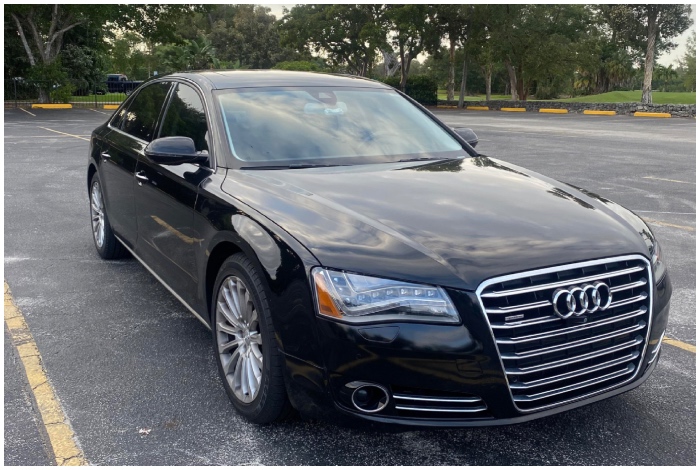
A 2012 Audi A8 is now worth about $30,000 on the market. If even that is too expensive, consider the W12 model, which is even cheaper and comes fully loaded with more features than you’ll ever need. The steep depreciation of the A8 makes it an appealing option for buyers looking for luxury at a reduced price. Additionally, the high maintenance costs associated with luxury vehicles should be considered when opting for an older model.
Ford Taurus
The Ford Taurus, a longtime member of the Ford family, has a significant drawback despite its historical lineage. Henry Ford, a pivotal figure in automotive history, might have mixed feelings about this model. While the Taurus is known for being an affordable family sedan, it suffers from rapid depreciation.
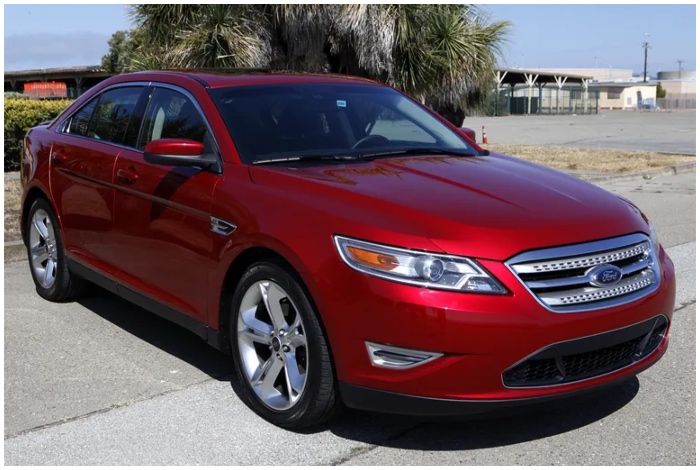
No Ford model loses value faster than the Taurus. Within three years, the Taurus loses half of its value, a substantial decline that affects its appeal in the resale market. This steep depreciation makes it a less attractive option for buyers looking for long-term value, despite its initial affordability and practical features. Additionally, its frequent use as a rental and fleet vehicle further accelerates its depreciation, making it a less favorable choice for private buyers.
Jeep Grand Cherokee Trackhawk 4WD
The 2021 Jeep Grand Cherokee Trackhawk 4WD is built for power, not fuel efficiency. This mid-size SUV boasts an impressive 707 horsepower with its supercharged Hellcat V-8 engine, making it one of the most powerful SUVs ever made. Jeep has truly showcased its engineering prowess with this model.
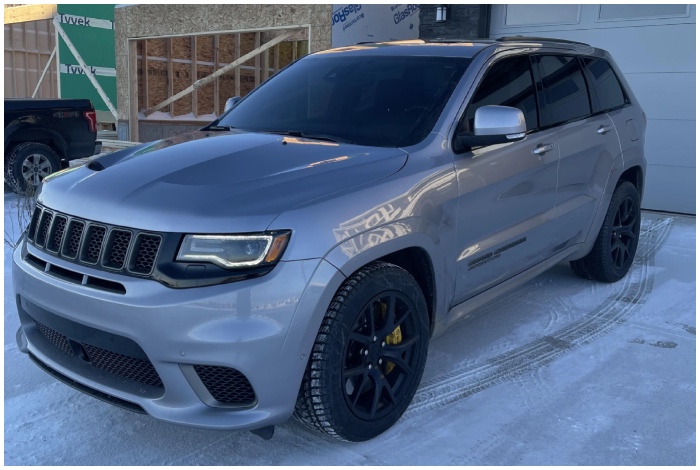
If you want an SUV that drives like a sports car, the Trackhawk is an excellent choice. However, it only offers 11 MPG in the city and 17 MPG on the highway. This low fuel efficiency means that the excitement of driving the Trackhawk comes at a high cost at the pump, making it less practical for everyday use. Additionally, the high cost of maintenance and insurance premiums associated with such a high-performance vehicle should also be considered.
Toyota Sequoia 4WD
The 2021 Toyota Sequoia 4WD is a rare sight on the road, mainly due to its poor fuel economy. It offers only 13 MPG in the city, 17 MPG on the highway, and 15 MPG combined, making it an expensive vehicle to fuel regularly.
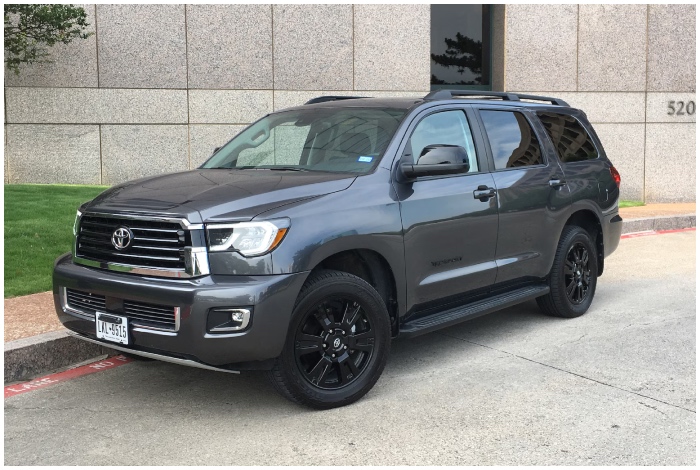
Despite being equipped with a V-8 engine and a third row for extra passengers, the Sequoia’s interior is disappointing, and its overall style has left buyers underwhelmed. Every trip to the gas station serves as a reminder of its inefficiency, detracting from the enjoyment of this otherwise robust SUV. Additionally, the Sequoia’s outdated design and lack of modern features compared to rivals further diminish its appeal in a competitive market.
Toyota Land Cruiser 4WD
The 2021 Toyota Land Cruiser 4WD falls short on fuel economy, providing just 13 MPG in the city and 17 MPG on the highway, with a combined 14 MPG. Despite its reputation for off-roading and luxury, this model does not meet expectations in terms of fuel efficiency.
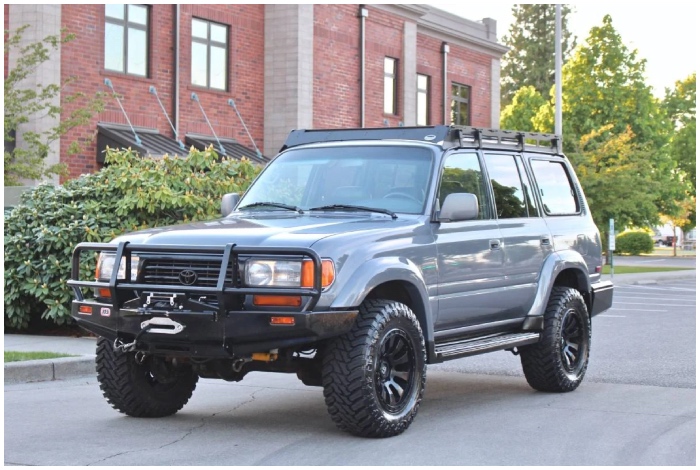
Toyota designed this vehicle with a 381-horsepower V-8 engine to handle both rugged terrains and luxury driving, but it fails to deliver on fuel economy. Reviews suggest that this model missed the mark, leaving drivers feeling let down by its high fuel costs and underwhelming performance in the fuel efficiency department. Furthermore, the Land Cruiser’s high price tag and expensive maintenance costs make it a less appealing option for those looking for a cost-effective SUV.
Nissan Armada 4WD
The 2020 Nissan Armada 4WD is a full-size SUV notorious for its poor gas mileage. It delivers just 13 MPG in the city, 18 MPG on the highway, and 15 MPG combined, making it one of the least fuel-efficient vehicles in its class.Its older V-8 design offers substantial power but at the cost of fuel efficiency.
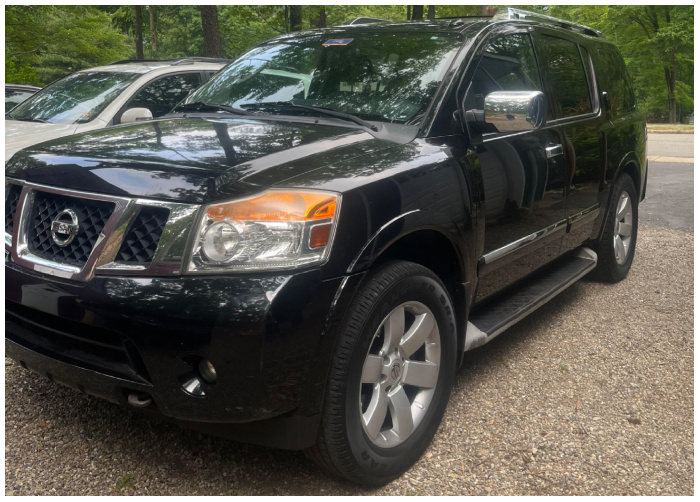
While it can seat eight passengers comfortably and provides ample room, the Armada’s full-frame design results in high fuel consumption. Drivers face an estimated annual fuel cost of $2,150, making it an expensive choice for those concerned about ongoing expenses. Despite its power and spaciousness, the Armada’s high fuel costs make it a less practical option for many buyers.
Mitsubishi Lancer
The Mitsubishi Lancer is now only available as a used car since production stopped in 2017, except for Taiwan and China. The shift in focus towards SUVs and crossovers was one reason for discontinuation, but its 35 percent depreciation rate likely played a part as well. Compared to a Mini Cooper, the Lancer is less favorable in terms of long-term investment.
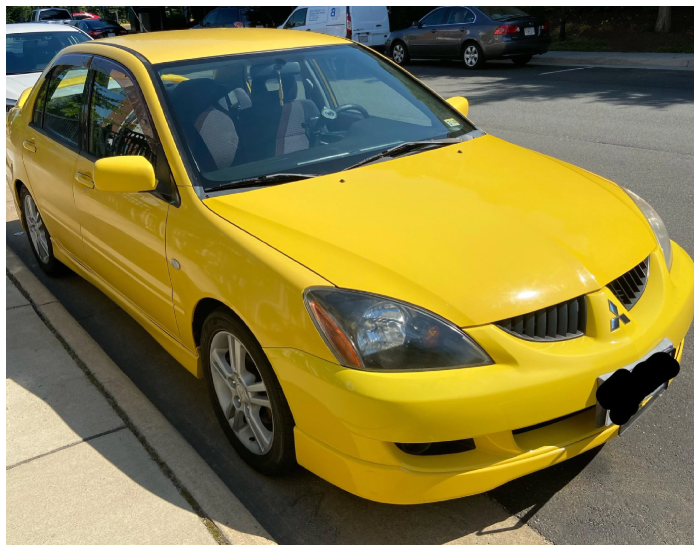
While initially $4,000 cheaper than a Mini, the Lancer can end up costing $5,000 more in maintenance fees over time. For those looking at buying a used Lancer, the high maintenance costs and rapid depreciation are significant factors to consider. Additionally, the lack of parts availability and potential difficulty in finding experienced mechanics for repairs can add to the overall ownership costs.
Chrysler 300C
First introduced in 2005, the Chrysler 300C has been one of the automaker’s best-selling sedans. Known for its striking appearance and powerful performance, it’s a favorite among luxury car enthusiasts. However, like many luxury vehicles, its value drops significantly on the used market.
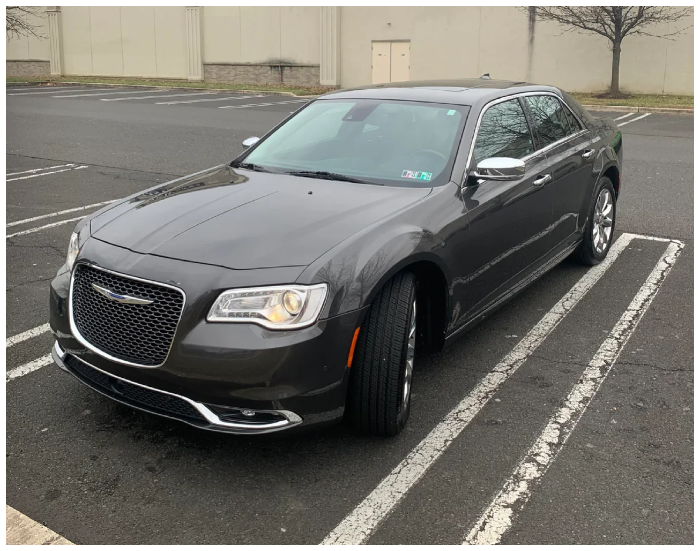
A brand-new Chrysler 300C can cost upwards of $40,000. However, used models can be found for as little as $20,000 in good condition. This steep depreciation makes the 300C a more appealing option for those looking to enjoy luxury at a reduced price, without compromising on performance and style. Moreover, the high insurance costs and potential for expensive repairs should be considered when evaluating the overall value of a used Chrysler 300C.
Buick Regal
The introduction of the redesigned 2019 Buick Regal has significantly impacted the value of older models. Priced at $39,000, the new design aims to attract younger consumers, but this push has come at a cost to the resale value of previous versions.
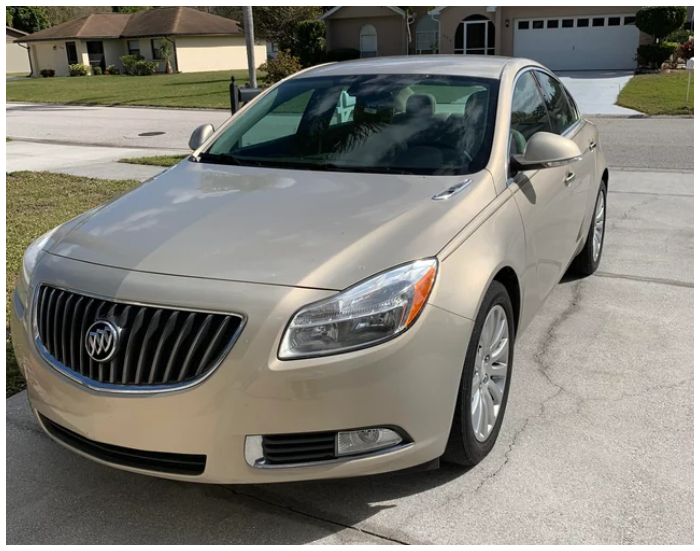
Older models of the Regal, which originally cost less than $30,000 brand new, can now be found for as little as $10,000 on the used market. These older versions still offer many features, making them a potentially better deal for budget-conscious buyers. The sharp depreciation of older Regals highlights the impact of new model releases on car values. Additionally, the cost of maintaining older models might be lower, making them an attractive option for those seeking a balance between affordability and features.
Chevrolet Malibu
The Chevrolet Malibu, a mid-sized sedan, is known for its affordability and practicality. However, it suffers from significant depreciation. Priced around $23,000 new, the Malibu loses approximately 50 percent of its value within the first three years.
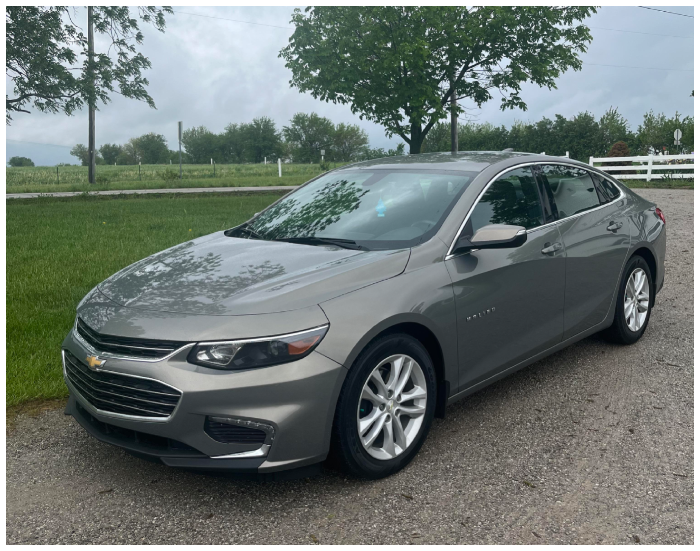
This sharp decline can be attributed to the high competition in the mid-sized sedan market and the Malibu’s relatively average performance and features compared to its rivals. While it offers a comfortable ride and decent fuel economy, the Malibu’s lack of standout features makes it less appealing on the used car market. For buyers seeking long-term value, the rapid depreciation is a critical factor to consider. Additionally, the Malibu’s high ownership costs, including insurance and maintenance, further impact its overall value proposition.
Ford Fusion
The Ford Fusion, once a popular choice for families and commuters, faces steep depreciation. Initially priced around $25,000, the Fusion loses about 47 percent of its value within three years. This rapid decline is influenced by Ford’s decision to discontinue sedans in favor of SUVs and trucks, reducing the model’s appeal.
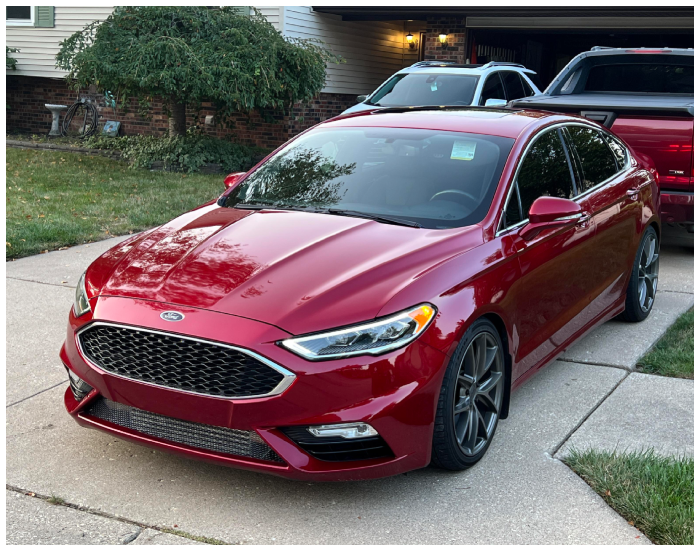
Despite its comfortable interior and advanced safety features, the Fusion struggles to maintain value against competitors offering more modern designs and better fuel efficiency. Buyers looking for a used sedan might find the Fusion a good deal, but its poor resale value is a downside for new car purchasers. Additionally, the limited availability of new models and parts could pose challenges for long-term maintenance and repairs.